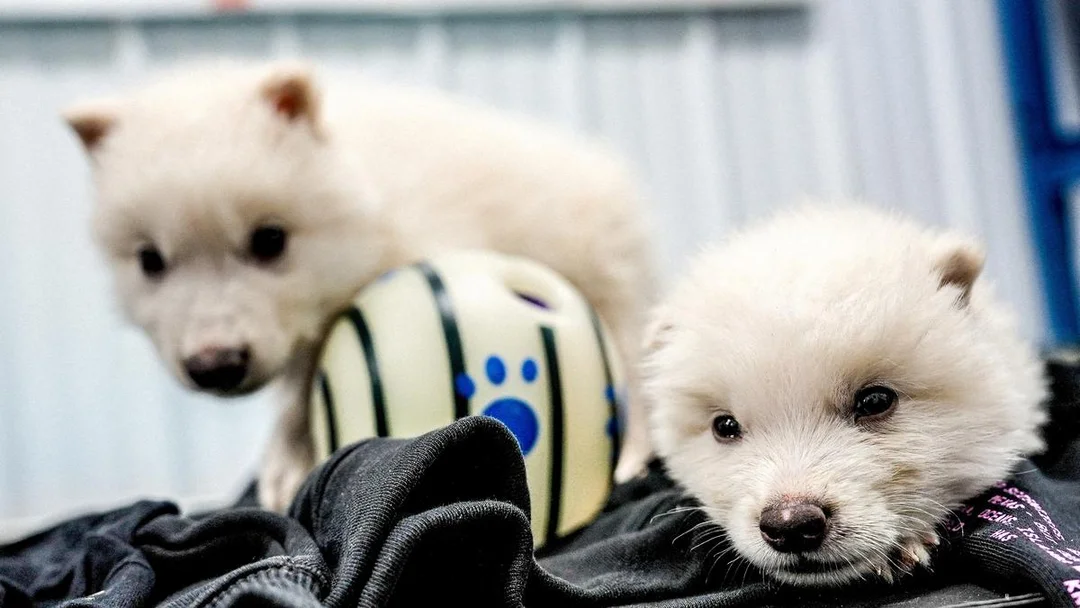
The Exciting Journey of De-Extinction: Can We Really Bring Back Dire Wolves and Woolly Mammoths?
In a groundbreaking scientific revelation, the concept of de-extinction is taking center stage, thrusting ancient species such as the dire wolf and woolly mammoth into the spotlight. But what does it mean to resurrect a long-extinct creature, and is it truly viable? These questions become even more pressing as Colossal Biosciences steps forward, claiming success in genetically engineering living representatives of these species.
Recently, Colossal Biosciences announced that they have created three genetically engineered pups that they assert are the first de-extinct animals derived from the ancient dire wolf. Critics, however, have raised flags over the authenticity of these claims. According to geneticists, the pups are modified gray wolves with 20 minor changes in their genetic makeup, leading to skepticism over whether they can genuinely carry the ecological and behavioral qualities of their extinct ancestors. As evolutionary biologist Pontus Skoglund pointed out, a creature engineered with such superficial edits could be as genetically distant from a true dire wolf as a chimpanzee is from a human.
Meanwhile, efforts to resurrect the woolly mammoth are underway with the introduction of cute, genetically modified mice—dubbed Colossal woolly mice—whose fur resembles that of the extinct giants. These mice showcase significant alterations across multiple genes, reflecting traits reminiscent of the woolly mammoth. Colossal aims to eventually create mammoth-like calves by incorporating these genetics into Asian elephants, the closest living relatives. Experts suggest that while the road to mammoth de-extinction is filled with challenges, it is an exciting prospect that could have ecological implications.

Yet, there is an increasing concern that while the financial investment in such projects totals in the hundreds of millions, we might be diverting critical resources away from conserving existing endangered species. Conservation biology emphasizes the importance of preserving ecosystems and existing species, not merely resurrecting their ancient counterparts.
The debate continues: Are we optimistic about science's potential to alter the course of extinction? Will reconstructed beasts truly adapt to modern ecosystems, or will their resurrections lead to unforeseen ecological imbalances? As we stand on the brink of this potential revolution, questions remain about whether humanity can truly replicate an ecosystem as complex as the one that once allowed dire wolves and woolly mammoths to thrive.
This all begs the question for our readers: Should our focus be on de-extinction or habitat conservation? What are your thoughts on this groundbreaking journey? Please share your perspectives in the comments below!